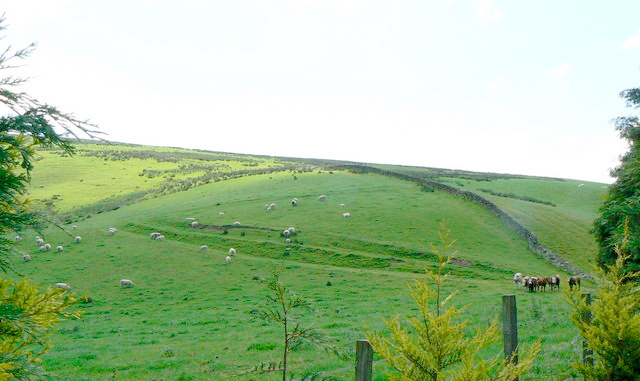
Improving production efficiency, rather than reducing livestock numbers, is a good way to reduce the carbon footprint on farms.
That’s one of the initial findings of an interim report produced by researchers at Bangor University for Hybu Cig Cymru – Meat Promotion Wales (HCC).
HCC published an environmental roadmap for the Welsh red meat industry in 2012 to investigate ways the sector could reduce its greenhouse gas emissions.
“The most effective method for enterprises to decrease their carbon footprint was through reducing the time taken to take animals to slaughter,” said the report.
“If all enterprises were able to get their stock to slaughter as quickly as those on low-emitting farms, emissions would diminish by 15 per cent for beef and 30.5 per cent for lamb farms respectively.
“The impact of this measure far exceeds the other scenarios assessed.”
The interim report was commissioned halfway through the roadmap’s five year programme to gauge how the industry is doing.
Bangor University adopted carbon footprinting to measure the amount of carbon emitted per kilogramme of beef or lamb produced. Management practices on 15 control farms were examined. Reducing the time to fatten livestock and send them for slaughter was found to produce good results.
“Considering an increasing global population and the predicted demand for red meat in the coming decades, it is important to reduce the sector’s emissions while not compromising production levels,” said the report.
Lynfa Davies, HCC’s Technical Development Executive, said: “The report suggests that rather than reducing livestock numbers, improving the efficiency of livestock production is essential to reduce emissions.”
Efficiency improvements on farm can be achieved in a number of ways, including:
Achieving one calf per cow per year;
Optimising the number of lambs per ewe to suit the production systems;
Maximising home grown forages and rationing bought in feeds effectively;
Improving growth rates to reduce the time an animal spends on farm before slaughter;
Incorporate legumes, such as red and white clover, into grass leys because they have a higher protein content than grass monocultures and have the capacity to fix nitrogen from the atmosphere, so reducing the need for bagged fertiliser.
The environmental roadmap will be kept under constant review until a final report is published near the end of the decade.
